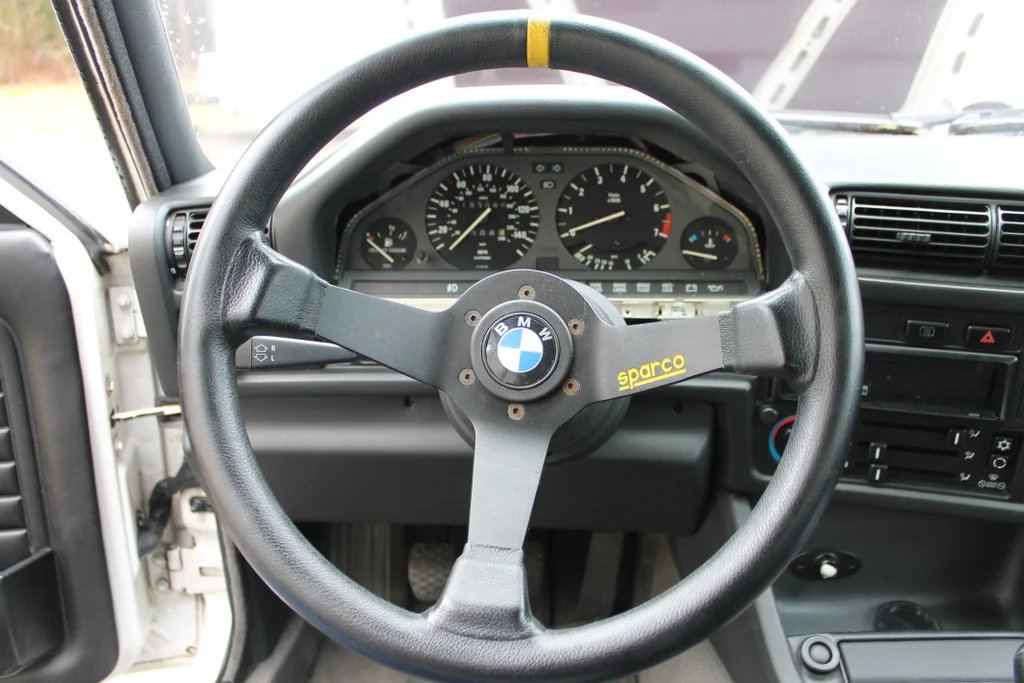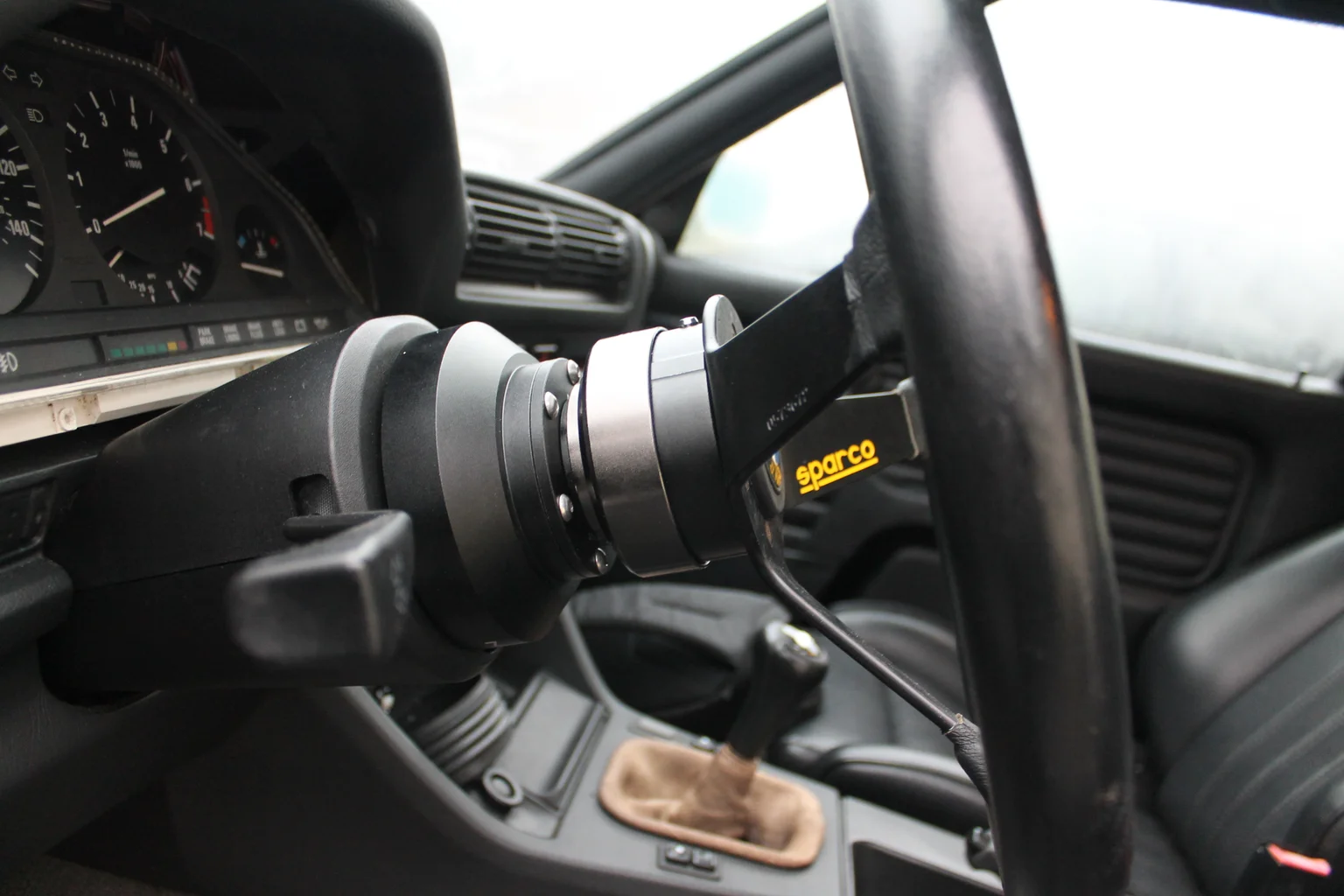


Installing a quick release steering wheel offers convenience, a unique aesthetic, and enhanced safety for automotive enthusiasts and race car drivers. This comprehensive guide delves into the preparation, installation process, safety considerations, and maintenance aspects, ensuring a seamless and secure experience.

A quick release steering wheel system consists of three main components:
| Component | Description |
|---|---|
| Hub Adapter | Connects the steering column to the quick release mechanism. |
| Quick Release Mechanism | Allows the steering wheel to be easily detached and reattached. |
| Aftermarket Steering Wheel | Replaces the stock steering wheel with a customized option. |
| Advantages | Disadvantages |
|---|---|
| Improved accessibility | Potential safety risks if not installed properly |
| Theft deterrent | Removal of airbag system (in street-driven cars) |
| Unique aesthetic appeal | - |
Before proceeding with the installation, gather the necessary tools and components, and take appropriate safety measures.
Quick release hub (specific to your vehicle make and model)
Aftermarket steering wheel
Wrenches (sizes may vary)
Screwdrivers (flat and Phillips head)
Wire strippers and crimpers (if connecting the horn)
Safety should be the top priority when working on any automotive project. Follow these steps:
Disconnect the battery and allow sufficient time for the electrical system to drain completely.
Follow the manufacturer's instructions carefully.
Consult with a professional mechanic if you're unsure about any part of the process.
Carefully remove the stock steering wheel by following the manufacturer's instructions. This typically involves:
Removing the airbag assembly
Disconnecting the wiring harness
Ensuring the steering wheel is centered to avoid misalignment issues
With the necessary preparations complete, you can proceed with the step-by-step installation process.
Align the quick release hub with the steering column.
Secure it in place using the provided hardware.
Ensure the hub is centered and properly aligned to avoid steering wheel misalignment.
Follow the manufacturer's instructions to attach the quick release mechanism to the hub.
Tighten all bolts and screws securely to prevent loosening or disengagement while driving.
Attach the aftermarket steering wheel to the quick release mechanism, aligning it correctly.
Secure the steering wheel using the provided hardware, ensuring a tight and secure fit.
If your aftermarket steering wheel includes a horn:
Locate the horn wiring.
Connect it to the steering wheel using the appropriate connectors or adapters.
Test the horn functionality before proceeding.
Carefully reassemble any remaining components, ensuring all connections are secure.
Test the steering wheel's operation, including the quick release mechanism and horn (if applicable), before taking the vehicle for a test drive.
While quick release steering wheels offer convenience and a unique aesthetic, it's crucial to prioritize safety, especially in street-driven vehicles.
| Scenario | Implications |
|---|---|
| Installing a quick release steering wheel on a street-driven car without proper safety equipment (roll cage, harness, etc.) | Extremely dangerous, compromises vehicle's safety features, puts occupants at risk in a collision. |
If you're installing a quick release steering wheel for aesthetic or convenience purposes on a street car, consider alternatives that retain the airbag, such as aftermarket steering wheels designed to work with the existing airbag system.
To ensure the longevity and proper functioning of your quick release steering wheel, follow these maintenance and usage tips.

Engage and disengage the quick release mechanism gently, without forcing it.
Avoid applying excessive force, as this can damage the components.
Periodically inspect the quick release components for any signs of wear or damage.
Replace any worn or damaged parts immediately to maintain the system's integrity and safety.
When not in use, store the steering wheel securely to prevent theft or damage. Consider investing in a steering wheel theft prevention device for added security.
Installing a quick release steering wheel can enhance your driving experience and add a unique touch to your vehicle. However, it's crucial to prioritize safety and follow the proper installation procedures to ensure optimal performance and reliability. By adhering to the guidelines outlined in this comprehensive guide, you can enjoy the convenience and aesthetic appeal of a quick release steering wheel while maintaining the highest standards of safety and functionality.
A quick release steering wheel allows for easy removal and reattachment of the steering wheel. It provides improved accessibility and can act as a theft deterrent.
No, you need to purchase a hub adapter specific to your vehicle's make and model for proper installation.
Yes, you will need basic tools like wrenches, screwdrivers, wire strippers, and crimpers depending on your specific installation requirements.
Center the steering wheel before removal and ensure the quick release hub is properly aligned to avoid misalignment issues.
No, installing a quick release steering wheel typically requires removing the airbag system from the stock steering wheel.
Removing the airbag compromises the vehicle's safety features and puts occupants at risk in a collision, especially in street-driven cars without proper safety equipment.
Yes, you can consider aftermarket steering wheels designed to work with the existing airbag system for aesthetic or convenience purposes.
Engage and disengage the mechanism gently, without forcing it, to avoid damaging the components.
Periodically inspect the components for any signs of wear or damage and replace worn or damaged parts immediately.
Store the steering wheel securely to prevent theft or damage, and consider investing in a steering wheel theft prevention device.

Sarah isn't your average gearhead. With a double major in Mechanical Engineering and Automotive Technology, she dived straight into the world of car repair. After 15 years of turning wrenches at dealerships and independent shops, Sarah joined MICDOT to share her expertise and passion for making cars run like new. Her in-depth knowledge and knack for explaining complex issues in simple terms make her a valuable asset to our team.













